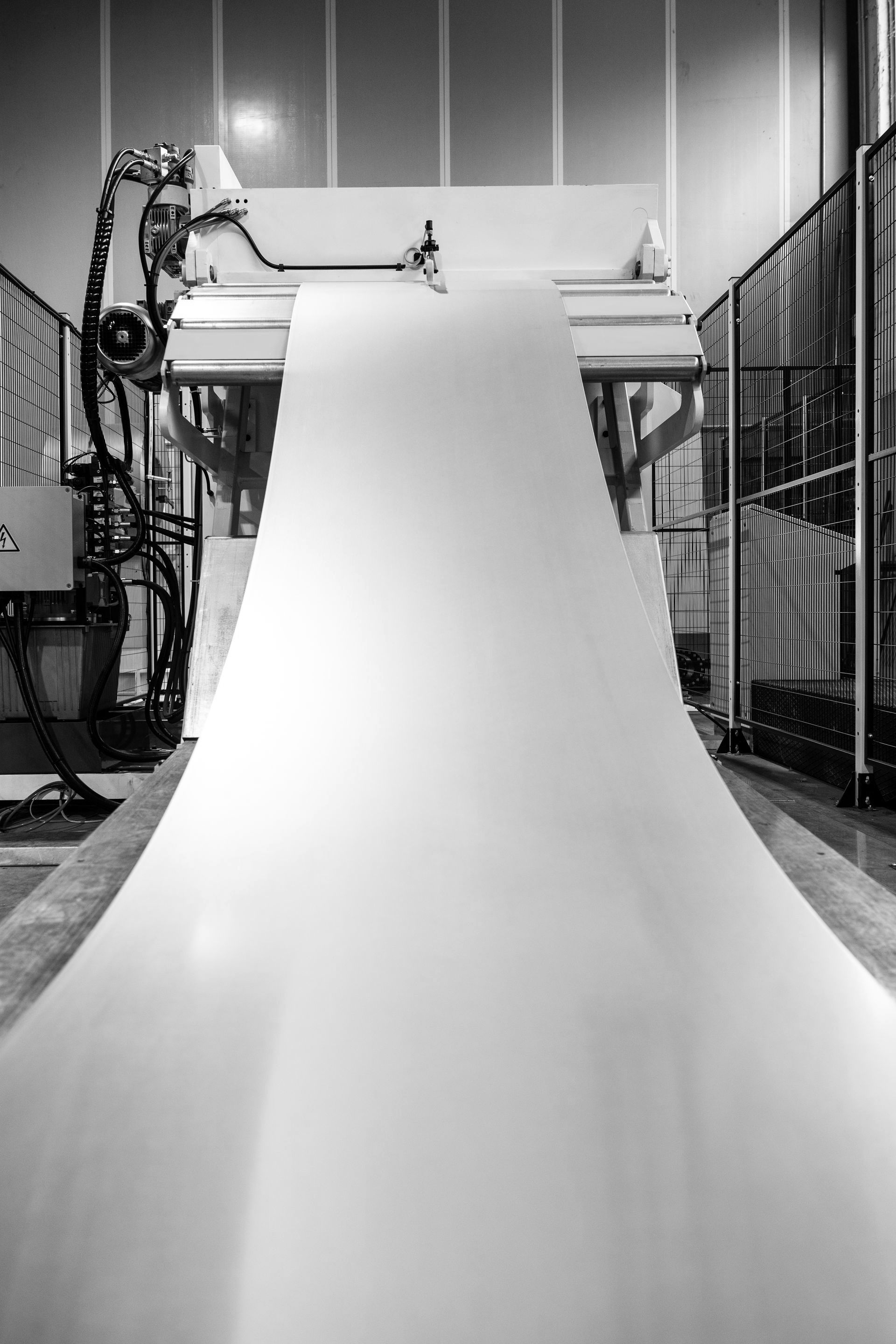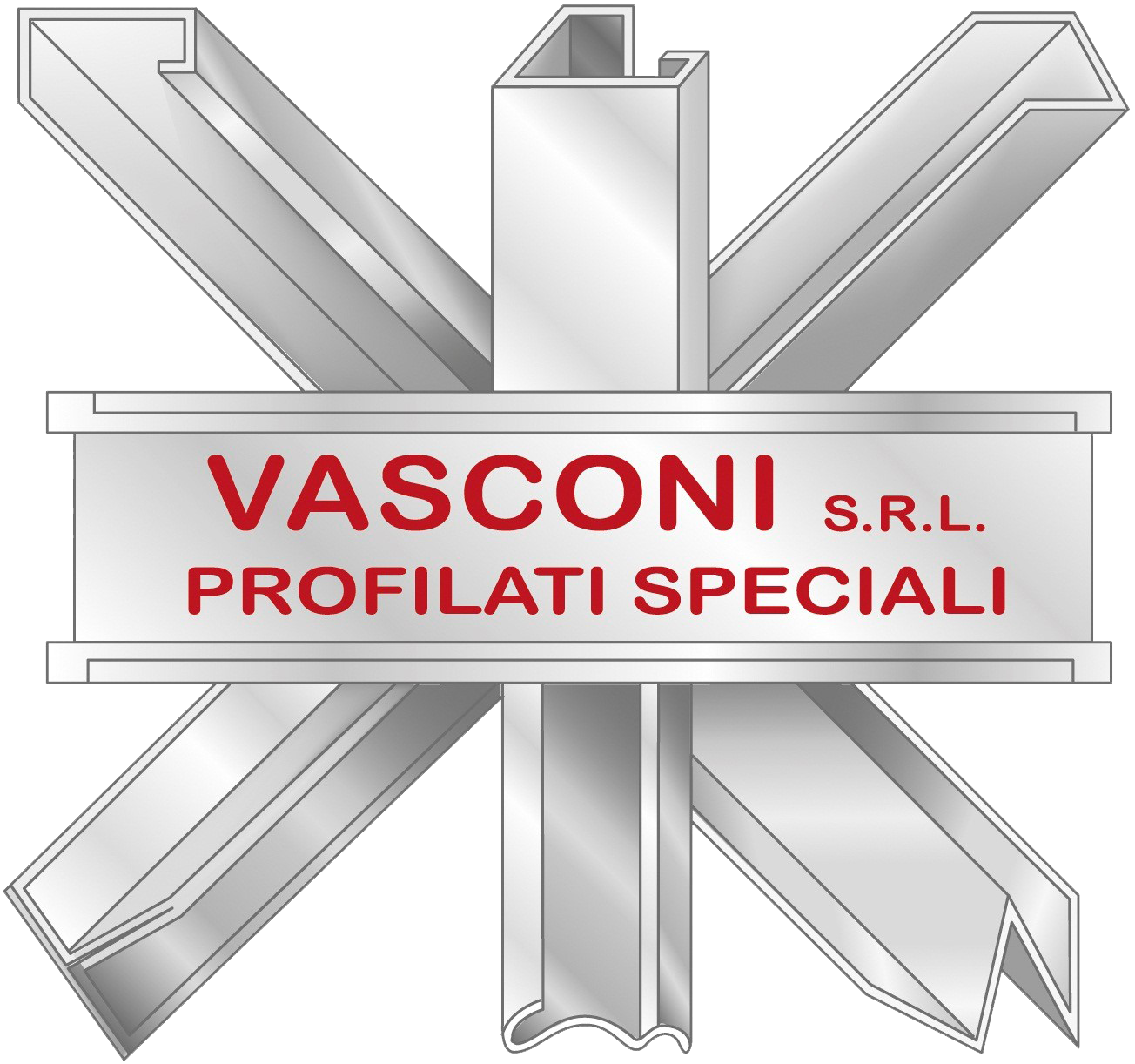Machining & products
We don't just shape metal, we make customized solutions, where each project gains value with our passion and know-how.
Our processes
We are distinguished by our ability to produce aesthetic and highly complex components. Our path to excellence begins with the order and continues through all stages of production, where each component undergoes rigorous quality control. We accompany the customer from design to finished product, investing in the best resources and technologies for each stage of the production process, guaranteeing results that exceed expectations and consolidate lasting partnerships.
Finishing processes
Finishing processes play an essential role in completing our products, adding aesthetic value, protection and functionality.
Applications and advantages
- A single supplier: customers can obtain a product that complies with their specifications and requirements, without having to worry about the management of external machining
- Partner companies: we work with qualified and certified partner companies to guarantee the best quality of finishing processes, ensuring compliance with the highest industry standards
- Certain costs: with the inclusion of external processes in the finished product, the overall cost becomes clear and transparent from the start, with no additional surprises or hidden costs
- Simplification: receiving a finished product eliminates the need for the customer to coordinate the delivery of components and materials from different suppliers, simplifying logistics management and reducing the risk of errors or delays in the supply chain.
- Quality: by working with qualified suppliers for external processes, the customer can benefit from a higher level of quality due to the expertise and experience of the partners selected. This results in high-quality end products that meet customer expectations.
FINISHING PROCESSES
We work with qualified and certified partner companies to ensure the best quality of finishing, and we offer a diverse range of services to meet your specific needs.
Cleaning
The removal of impurities, machining residues and contaminants from the surface of components, ensuring a clean, defect-free finish.
Tumbling
The finishing process to remove surface imperfections, burrs or smears from components, ensuring a smooth and uniform surface.
Sandblasting
.The use of abrasive materials to clean, smooth or prepare the surface of components prior to finishing, removing impurities and improving coating adhesion.
Galvanization
The application of a layer of zinc on the surface of metal components to protect them from corrosion and wear.
Heat treatments
They are controlled heating and cooling processes to change the mechanical and physical properties of materials, improving strength, hardness and durability.
Phosphate coating
A chemical process that makes the metal surface more homogeneous and suitable for further processing. This treatment facilitates the subsequent application of paints to the surface of the sheet metal, producing uniform, bright colors.
Nickel plating
It is a coating method that deposits a layer of nickel on the surface of the metal. This process can be performed without the use of electricity, thanks to a controlled autocatalytic reaction. Nickel plating gives uniformity and protection to the surface, making it more durable and suitable for further processing.
Cataphoresis
An electrochemical coating technique that uses an electro-conductive paint solution. An electrical charge is applied to make the paint adhere to the metal components, ensuring a uniform and protective finish.
Silvering
The application of a layer of silver on the surface of components to improve aesthetic appearance and corrosion resistance.
Powder coating
The application of protective or decorative coatings using epoxy powders, which ensures an aesthetic appearance and an infinite color chart.
Coppering
The application of a protective layer of copper on the surface of components to improve corrosion resistance and electrical conductivity.
Electrocoloring
The application of a layer of color to the surface of components by electroplating, providing a decorative and durable finish.
Screen printing
A printing technique that uses a stencil to transfer ink onto the surface of the component, allowing the creation of detailed and colorful designs.
Polishing
A process used to give a smooth, shiny surface to your metal components, improving aesthetic appearance and corrosion resistance.
Laser cutting
The use of a laser beam to precisely cut metal materials, ensuring clean, burr- free cuts for a precise, high-quality finish.
Punching
The use of punches to make holes, engravings or decorations on metal materials, providing a detailed and customized finish.
Bending
The use of bending machines to create precise and uniform bends on metal materials, enabling the formation of complex and detailed components.
Nuovo titolo
Production area
Two connected production sites: total area
7000 square meters, covered area
4500 square meters
Production capacity
50 million
pieces per year with over
400
dies operated
Strategic location
25 km from the highway junction,
15 km from the Swiss border





